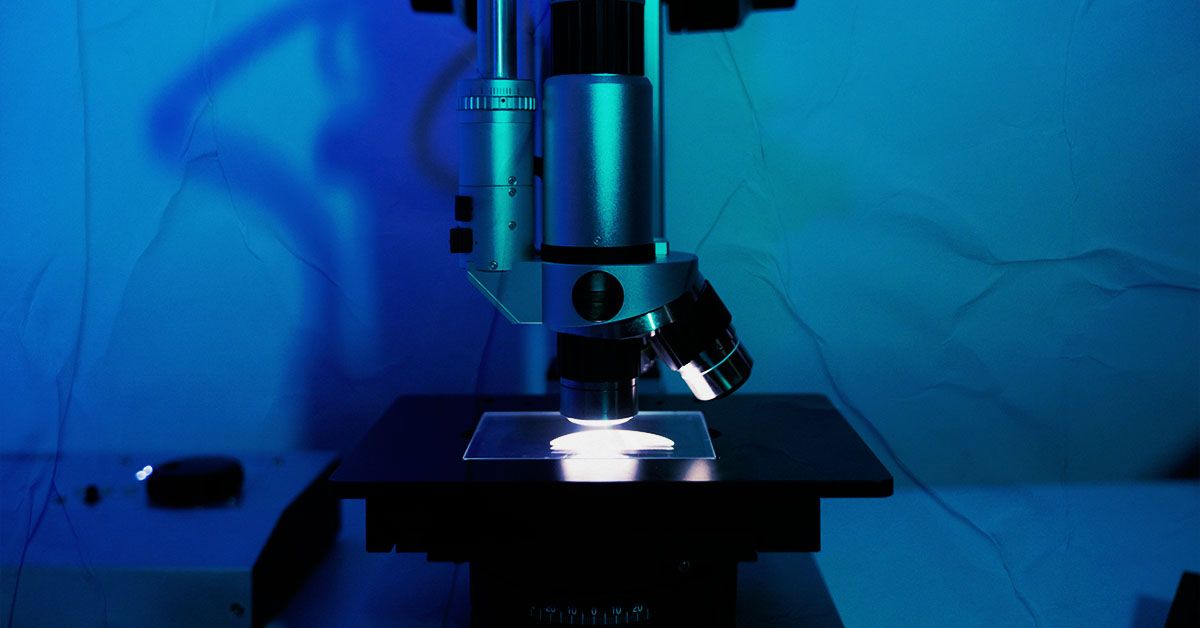Bone marrow contains stem cells that play a crucial role in producing the various types of blood cells needed by our immune system. As we age, the diversity of these blood cells decreases, which is believed to contribute to certain aspects of aging. A recent study conducted in China explored the effects of bone marrow transplants on brain aging and Alzheimer’s disease markers in older mice. The researchers hypothesized that younger hematopoietic stem cells could counter the signs of aging when transplanted into older mice. The results, published in Science Advances, showed promising outcomes in terms of reversing some signs of aging and improving cognition in the mice.
Alzheimer’s disease is largely a disease associated with aging, as it is influenced by the biological changes that occur as we grow older. Aging results in a natural decline in brain function due to factors such as cellular damage, oxidative stress, and inefficient waste clearance, which can lead to the accumulation of amyloid beta plaques and tau tangles in the brain. The ability of the brain to repair itself also diminishes with age, making it more vulnerable to neurodegenerative processes.
In the study, researchers used genetically engineered mouse models of Alzheimer’s disease to investigate the relationship between the age of hematopoietic stem cells and brain aging. They found that older mice exhibited dysregulation of specific aging-related genes, particularly those associated with mitochondrial function and immune processes. After receiving bone marrow transplants from younger mice, the expression of these genes was restored, indicating a rejuvenation effect from the transplants.
Furthermore, the bone marrow transplants had a significant impact on immune cells, particularly T-cells and monocytes, which play crucial roles in the immune response. The expression of the top Alzheimer’s disease risk genes in monocytes was reversed in older mice after receiving bone marrow transplants from younger mice. This restoration of gene expression improved the ability of monocytes to eliminate amyloid-beta build up, resulting in reduced levels of amyloid-beta in the brain and plasma, as well as lower neuroinflammation and neuronal loss.
Although the results of the study are promising, translating the procedure to humans raises ethical concerns. The use of young donors for interventions to prevent aging-related diseases may raise issues regarding equity and exploitation. Alternative approaches such as heterochronic autologous transplants, where an individual’s blood or bone marrow from an earlier age is transplanted back into themselves, could potentially yield similar effects without the risks associated with allogenic transplants. Further research is needed to identify the specific aspects of these transplants that affect the aging process, potentially leading to the development of treatments that harness the benefits without the need for transplantation.











